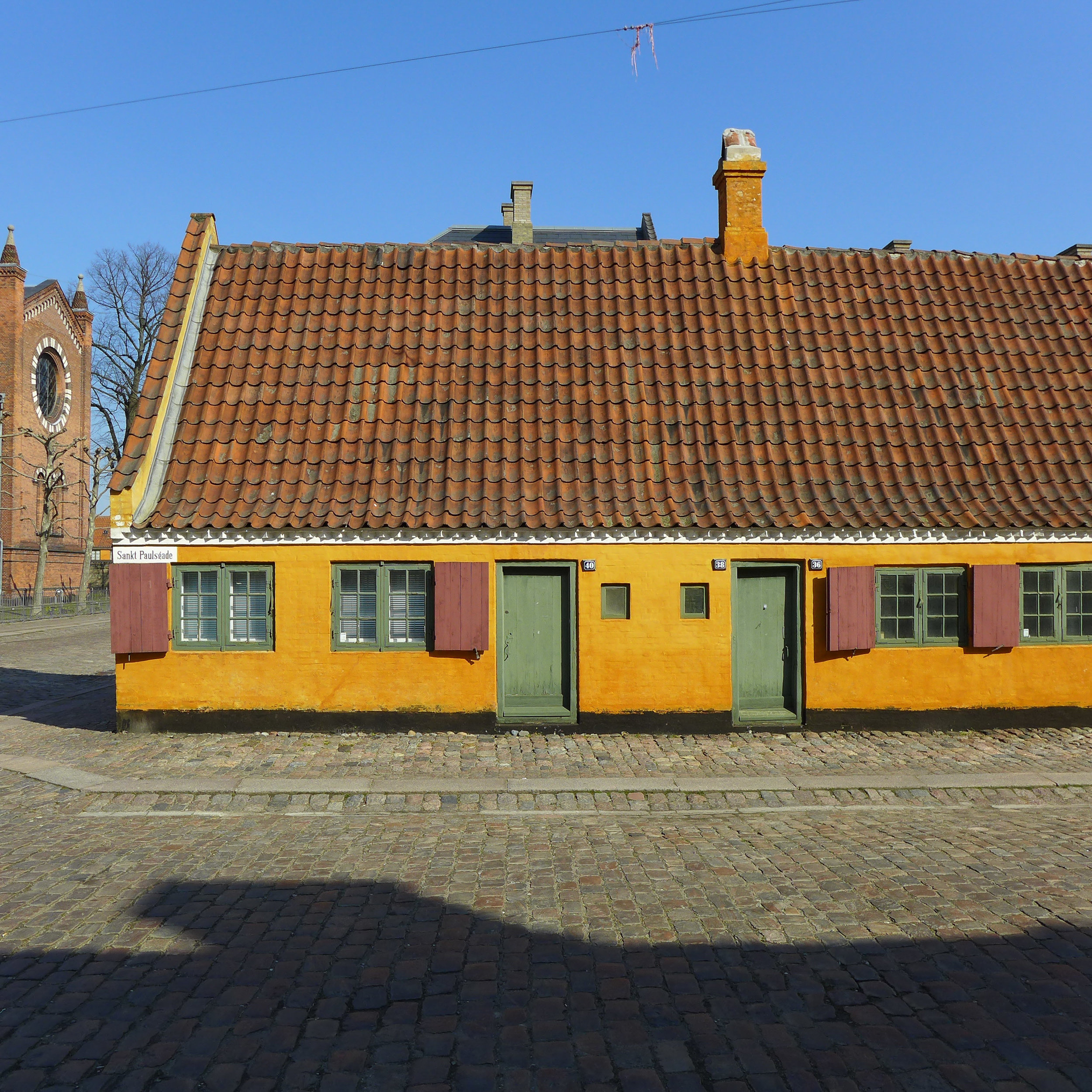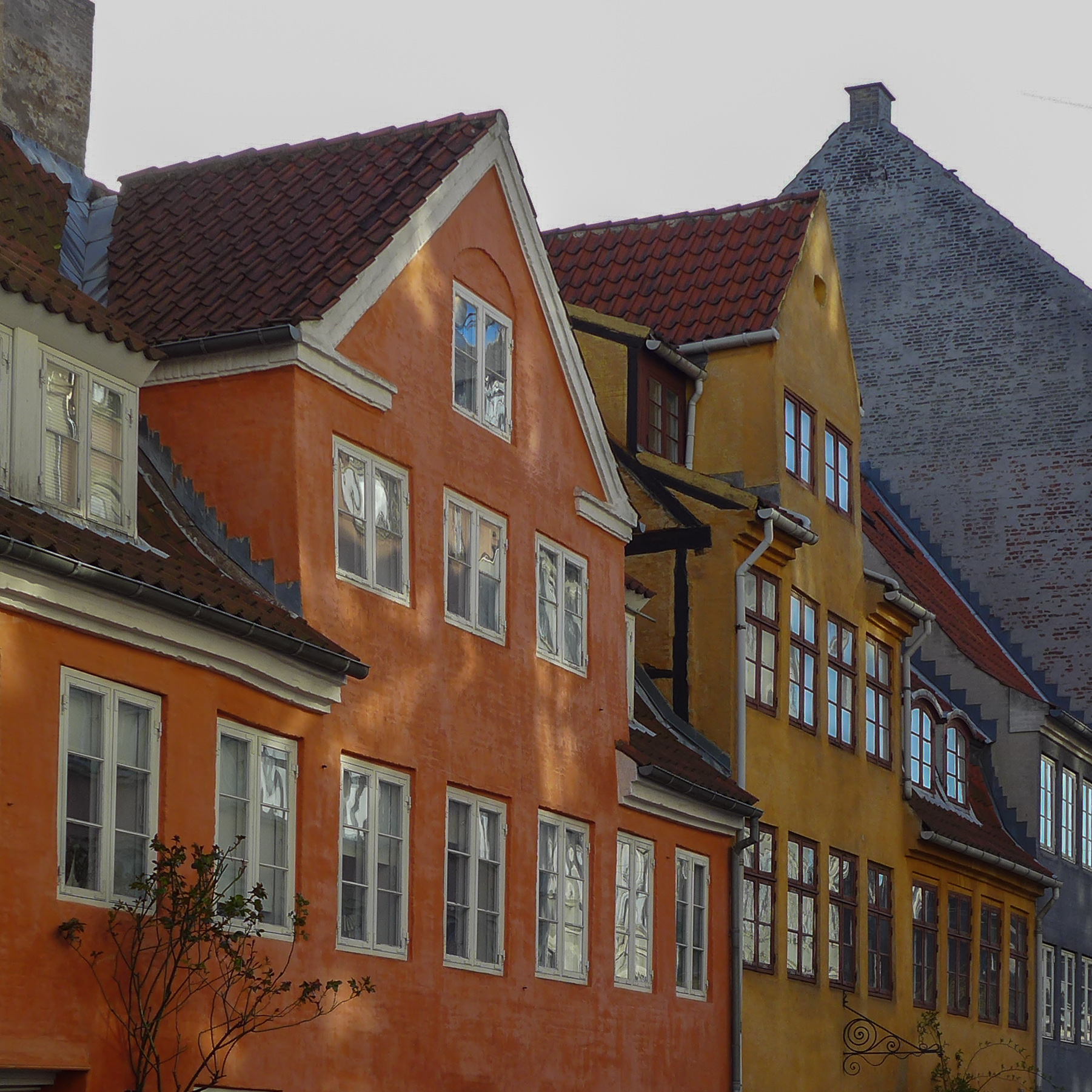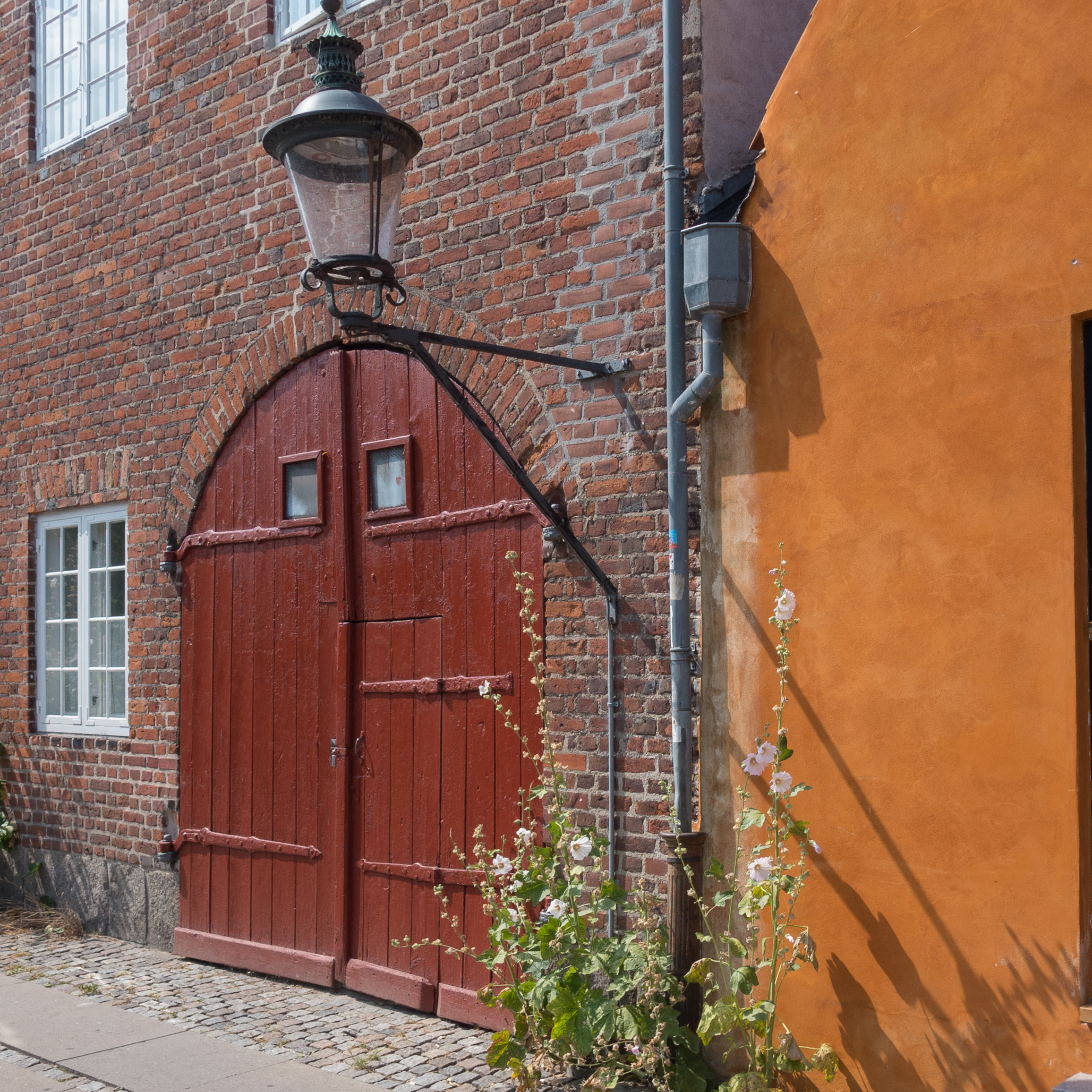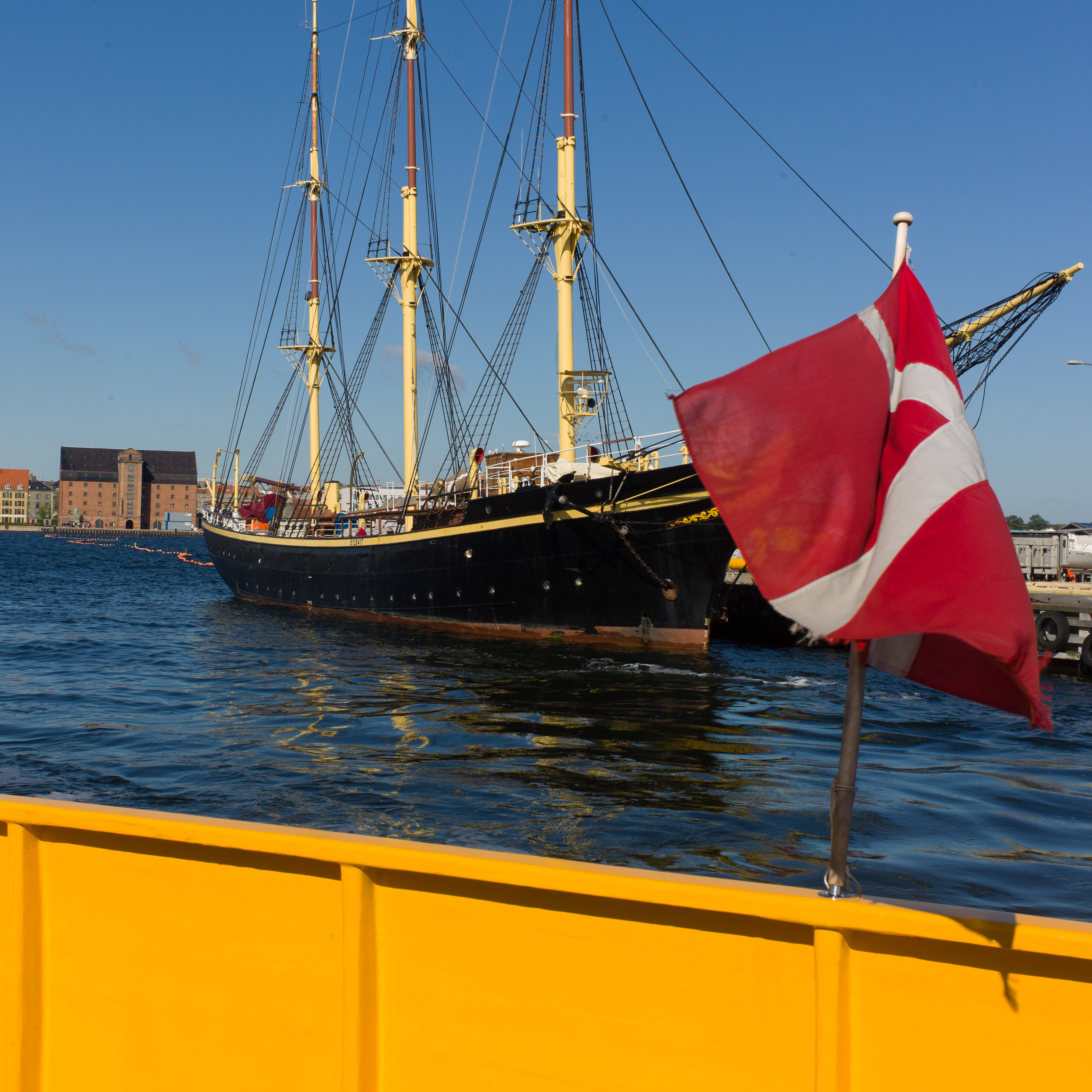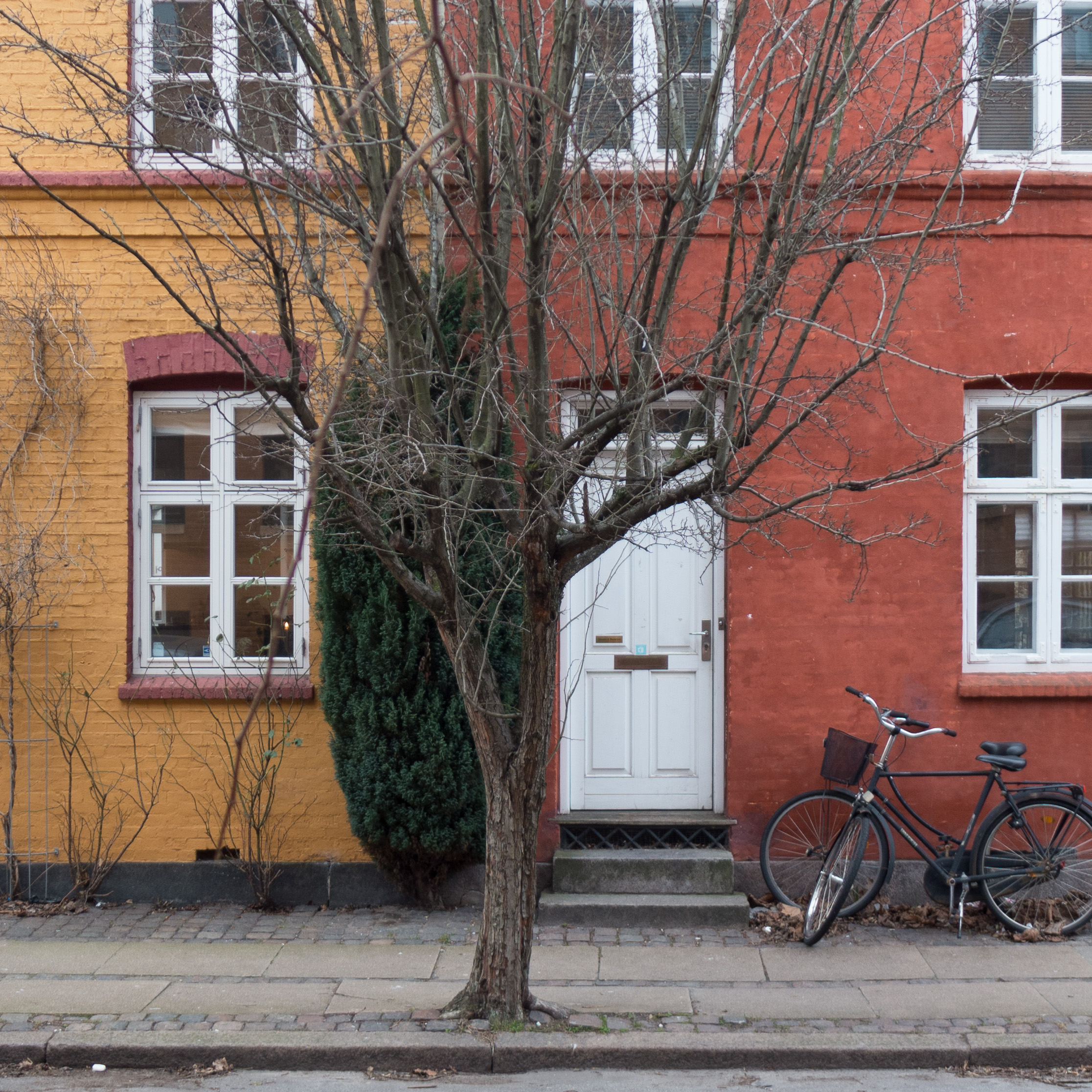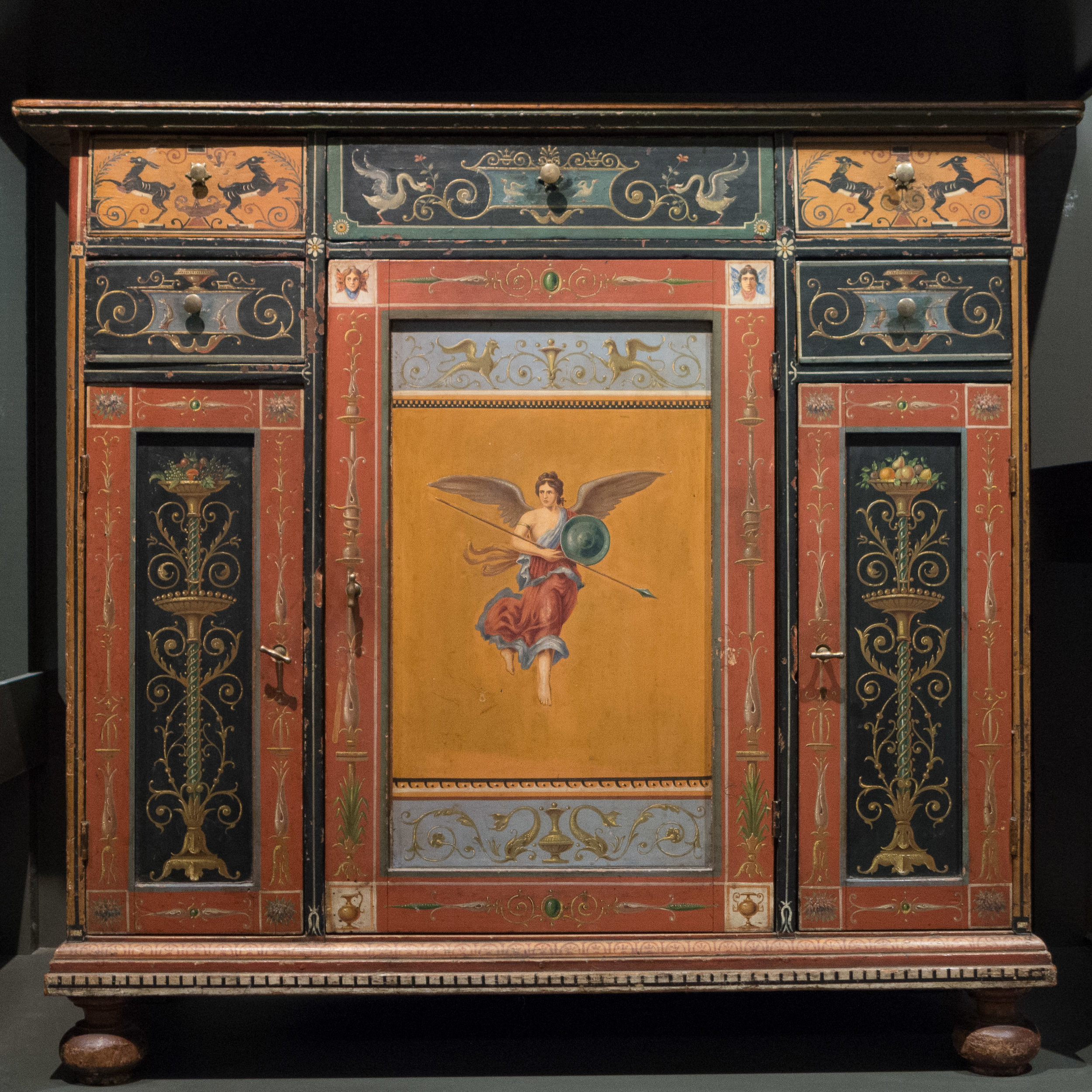Work on what initially was called the Bryghusprojektet in Copenhagen but is now known as BLOX seems to have moved forward rapidly through the summer. There are now fewer cranes, less obvious engineering work and with a more open site, where hoardings and builders cabins have been removed, it is now much easier to get a sense of how the finished building will appear.
It still looks a bit like a stack of plastic lunch boxes but, as more of the large panels of pale green and opaque white have been put in place and the scaffolding and covers removed, it now seems to be at least some reference to the use of green and blue slate colours for many of the buildings in the city from the 20th century. It strongly adheres to danish ideals of rational and minimal style and is clearly aware of how buildings can and do use views of the harbour and the light reflected up off the water.
It was obvious that the relationship with the dark, solid block of the Royal Library, the near neighbour along the quay, was always going to be a difficult one … dominate, compete or be subservient … but the decision to simply be different seems now to be the simplest one. There are still some odd issues with the way the new building will loom over low historic buildings around a courtyard on the side away from the harbour and it will undermine the impressive scale of the important 17th-century Brew House but that may well be resolved by the way the open space on the city side of the new building will be quite complex with changes of level with steps and sunken areas, that will form a transition from street level to the interior and then through to quay of the harbour.
That complex interlocking of levels is in part because a major road running along the quay is bridged by the new building but there will be links under the road as one important function of the building is to provide a route between what is now to be known as the Cultural District of the city and the water front.
Work is so far advanced that it was possible to allow the public access during the Night of Culture to see the progress for themselves.
Determined clearly by necessary economic considerations, there will be a mix of uses for the building including car parking, a restaurant, a gym and luxury apartments across the upper levels but the primary function will be as the new home for the Danish Architecture Centre and for BLOXHUB - the Danish Design Council along with other associated bodies and companies working broadly on architecture to focus on the Built Environment … rather than the Natural Environment.





